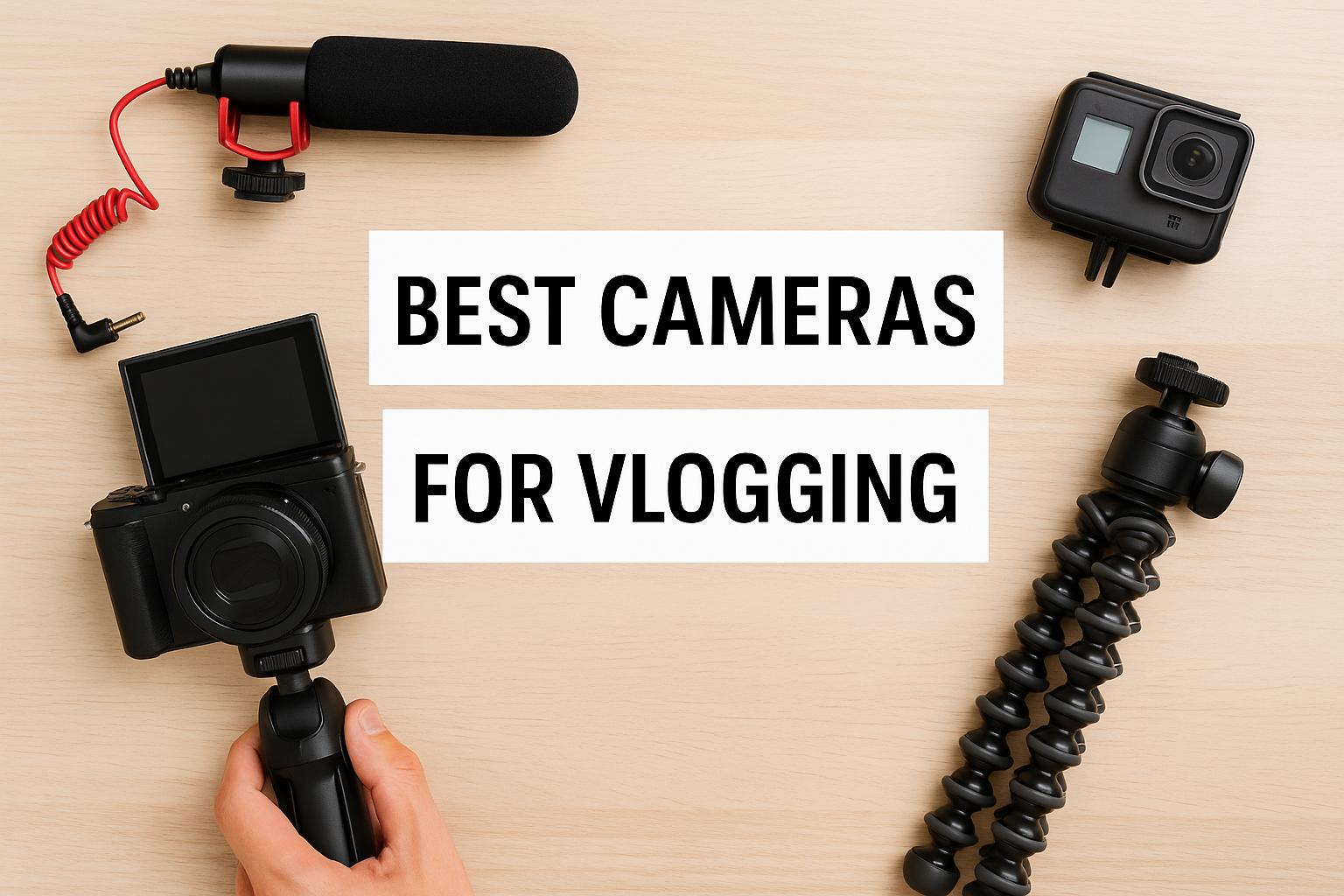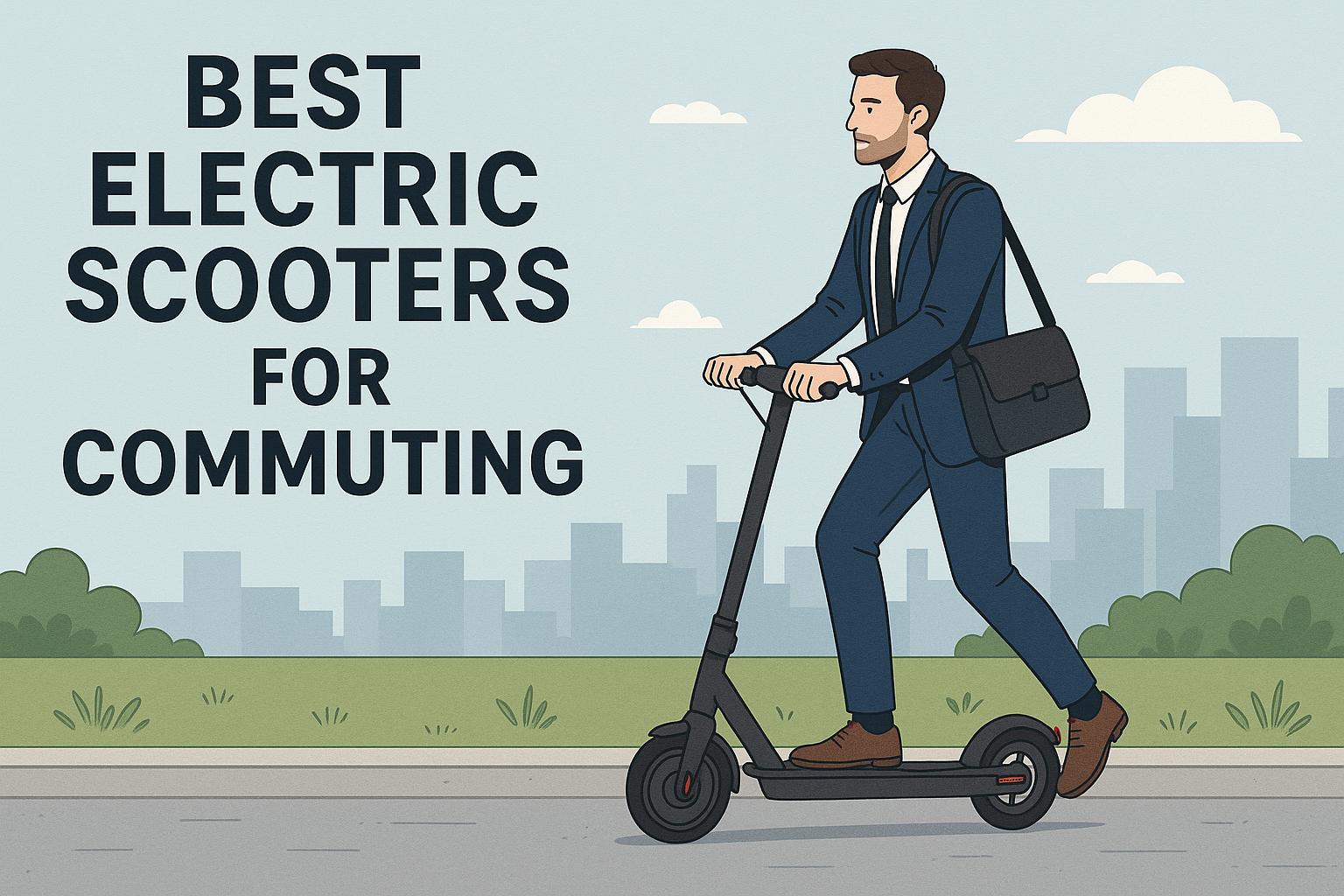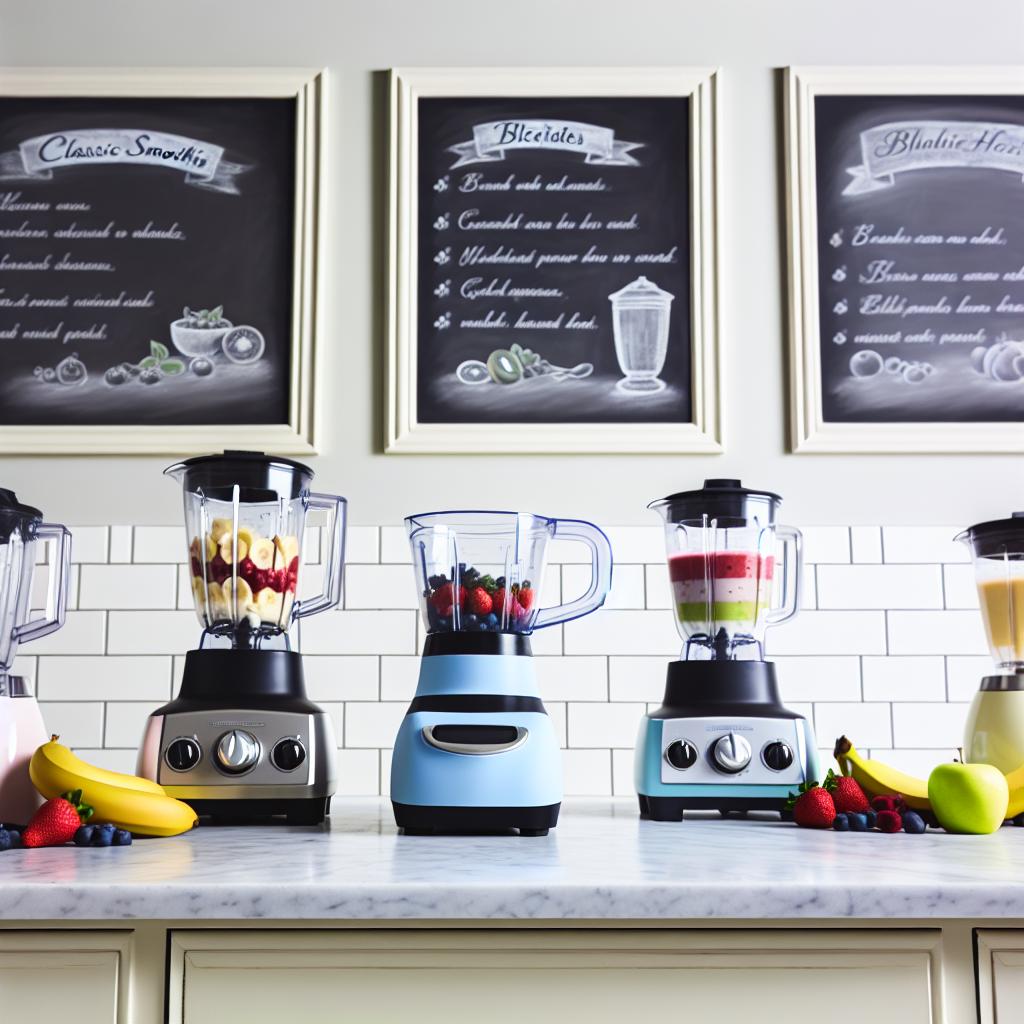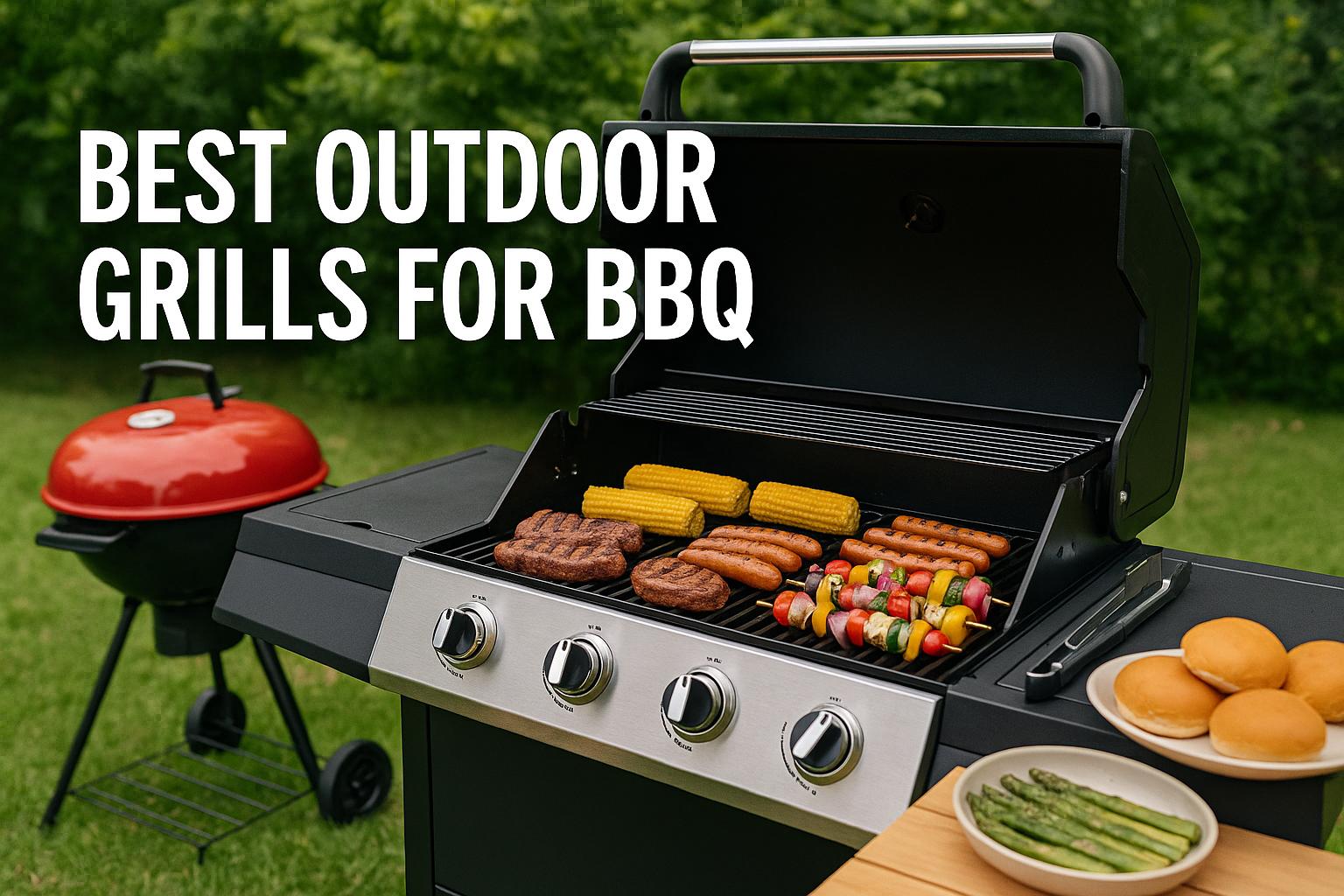Overview of Vlogging Cameras
The evolution of vlogging from a niche hobby to a mainstream form of content creation has profoundly impacted the demand for sophisticated vlogging cameras. As an increasingly popular medium, vlogging appeals to a diverse audience and serves various purposes, from lifestyle and travel to education and entertainment. Thus, selecting the right camera is crucial for creators who wish to produce content that stands out in quality and engagement. In this discussion, we explore critical factors to prioritize when choosing a vlogging camera, as well as some exemplary models that showcase a range of features and price points to accommodate different requirements and budgets.
Key Features to Consider
Several crucial factors should guide your decision when searching for the ideal vlogging camera. These considerations focus on aspects that directly affect the quality and the user experience, ensuring that the content created resonates with high production values.
Video Quality: Video quality is paramount for vlogging as it directly affects viewer engagement. Selecting a camera capable of filming at least 1080p Full HD is essential, although, with technological advancements, 4K resolution is increasingly accessible. Many creators have shifted towards 4K to achieve superior clarity and detail, providing a more immersive viewing experience for their audience.
Audio Capabilities: Audio quality can often make or break a viewer’s experience. While many cameras are equipped with built-in microphones, the quality may not always suffice. Cameras that support external microphones can vastly improve audio clarity, eliminating background noise and ensuring that dialogue is crisp and clear. Access to features such as wind noise suppression and directional audio can further enhance sound quality.
Portability: Given that vlogging often involves filming in various locations, portability is a pivotal consideration. Cameras that are compact and lightweight are highly preferred as they are easier to carry and maneuver, allowing for spontaneous shooting without cumbersome equipment. This remains particularly important for travel vloggers and those creating on-the-go content.
Image Stabilization: Achieving smooth and stable footage is vital, especially when vlogging involves movement. Features such as optical image stabilization and electronic stabilization are invaluable for maintaining steadiness in handheld shooting scenarios, allowing creators to produce professional-quality videos even while in motion.
Connectivity: The ability to connect wirelessly via Wi-Fi or Bluetooth allows for painless file transfers and remote camera operation. Many vloggers share content on social media or streaming platforms rapidly; thus, a camera with robust connectivity options can streamline this process. Some models offer apps that enable real-time editing and uploading, further enhancing workflow efficiency.
Popular Camera Models for Vlogging
To cater to diverse interests, several cameras on the market stand out for their vlogging capabilities with distinctive features that address the previously mentioned considerations.
Sony ZV-1
The Sony ZV-1 is a model purpose-built for vloggers. With its 20.1 MP 1.0-type stacked CMOS sensor paired with a wide-aperture lens, this camera excels in producing vibrant and detailed footage. Key features such as fast autofocus, real-time eye autofocus, and sophisticated color science make it an ideal companion for dynamic shooting environments. Its side-flip screen and a three-capsule directional mic are specifically designed to enhance the vlogging experience, allowing creators to maintain visual and audio quality.
Canon EOS M50 Mark II
Known for its reliability, the Canon EOS M50 Mark II sports a 24.1 MP APS-C sensor, augmented by the DIGIC 8 image processor, offering creators excellent video capabilities including 4K recording. The camera’s vari-angle touchscreen facilitates versatile shooting angles, making creative framing easier. Furthermore, Dual Pixel autofocus technology ensures that subjects remain sharply focused, crucial for maintaining professional-grade video footage.
GoPro HERO10 Black
Designed for the adventurous, the GoPro HERO10 Black is synonymous with durability. This action camera is waterproof and engineered to withstand challenging conditions, making it perfect for capturing exhilarating experiences. It records video in 5.3K resolution and utilizes HyperSmooth 4.0 stabilization technology, guaranteeing steady and high-quality footage even during intense movement. Compact yet formidable, it is an excellent pick for those whose vlogs encompass elements of exploration and adventure.
Fujifilm X-S10
The Fujifilm X-S10 strikes a balance between performance and size, equipped with a 26.1 MP X-Trans CMOS 4 sensor and X-Processor 4. Its ability to record 4K video is complemented by Fujifilm’s renowned color reproduction capabilities, offering film simulation modes that allow for creative style in filming. With its in-body stabilization and ergonomic comfort, this model caters to a variety of vlogging techniques, providing flexibility and control over content quality.
Conclusion
Selecting the optimal vlogging camera hinges upon a creator’s distinct content requirements and desired features. Whether the aim is to capture high-paced action or produce cinematic-level quality, the available choices cater to a wide range of preferences and budgets. Cameras like those discussed offer valuable attributes such as superior video quality, portability, and advanced connectivity, empowering vloggers to enhance their craft and deliver engaging, high-quality content to their audiences. The investment in the right equipment not only influences the technical quality of vlogs but also contributes to the creator’s ability to tell compelling stories and reach their desired audience effectively.




